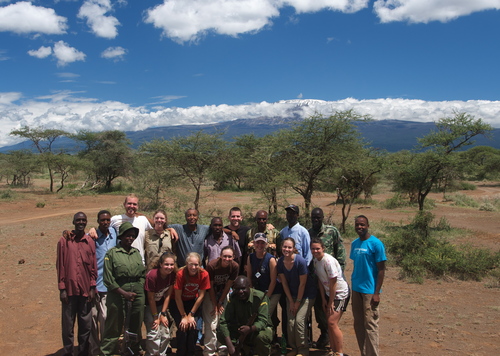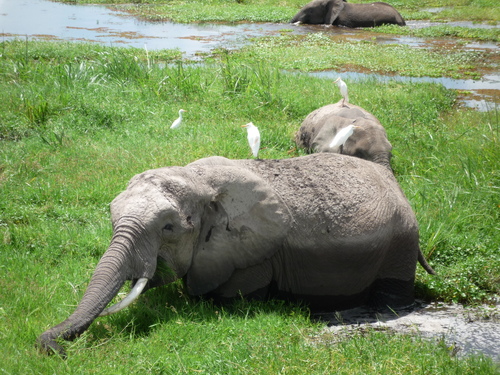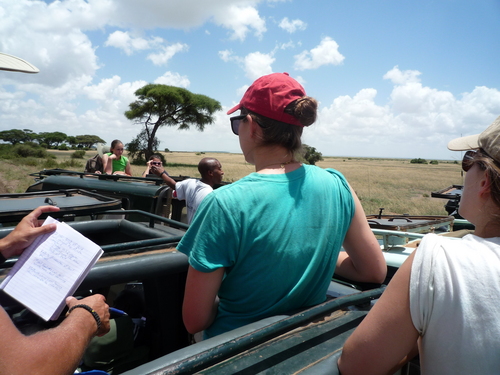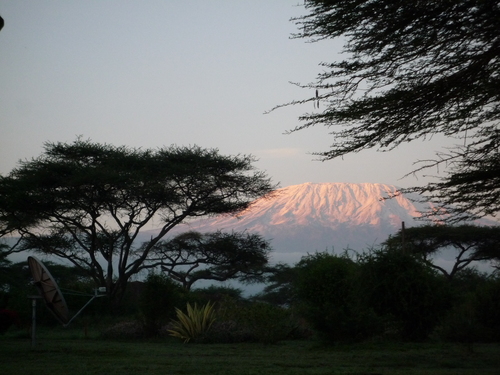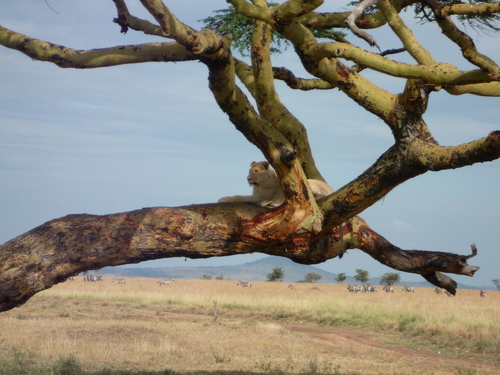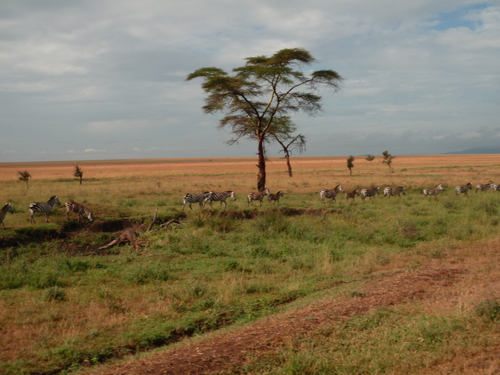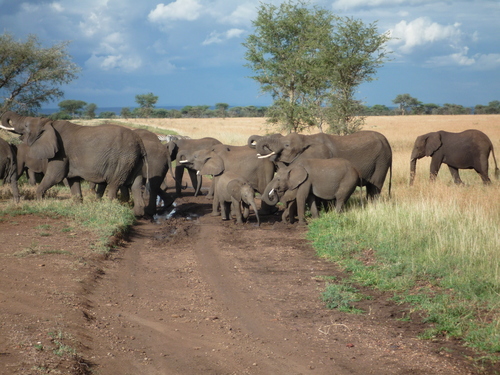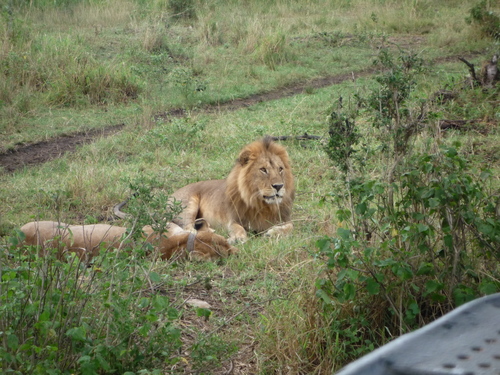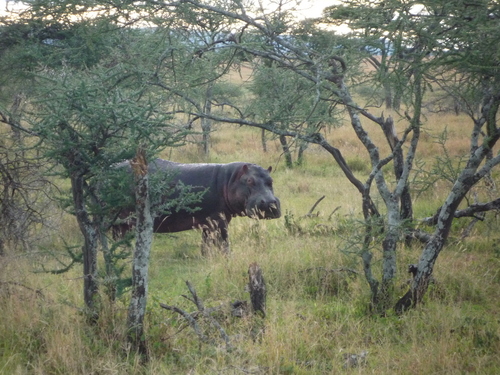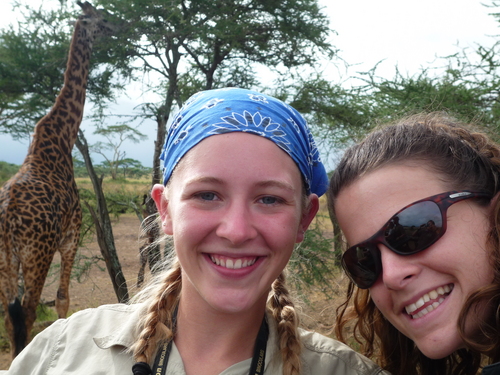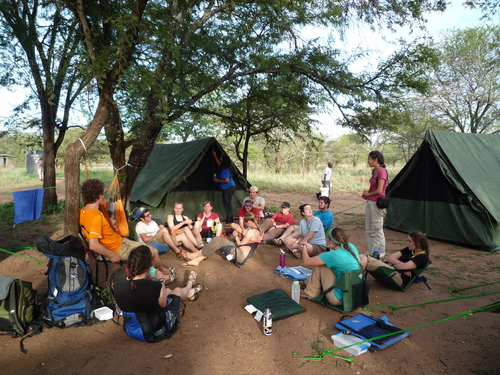About two or three weeks ago, I was very homesick and ready to come home but something has changed. I think it was Tsavo that did it. The beauty and magnificence of the volcanic hills at Tsavo awakened a whole new appreciation for Kenya and Africa. I don’t think I’ll ever live in or visit a place as wonderful as this again. I’m still the same person but my experiences here have humbled and matured me in a way that I don’t think would be possible in the United States. Maybe it’s just living in another country away from all familiarity, or just being another year older, but Africa has given me a confidence and respect for life that I wish I found a long time ago.
I have a newfound appreciation for life and all of the surprises and wonders it holds. TIA (this is Africa) is the motto of our lives here. The lack of discipline, disregard for time and seeming carelessness frustrated me at first but I soon realized that these were simply a result of people taking their time, appreciating the moment they live in and accepting circumstances they really can’t control. Too often, I find myself worrying about things that I cannot change and sweating the small stuff. There are too many other life threatening and important things to worry about here, like surviving. Worries such as what to do on the weekends or which restaurant to go to are suddenly extremely trivial and insignificant. My wish is that everyone could experience something like this in his or her lifetime. I wish everyone could step out of his or her comfort zone, travel the world and experience it’s wonders. But this is not always possible so I hope my words and experiences are a suitable alternative. It has been very hard work and I do miss home a lot but I wouldn’t trade this experience for anything in the world and hope that anyone who reads this is compelled to appreciate the privileges and experiences they have had.
Yesterday was the last day of academic work and therefore my first day as a college junior. When I think back to who I was coming into Penn State 2 years ago, I can’t believe that the girl sitting here, typing on a laptop in Kenya is the same girl who was terrified to be a college student. All of the amazing opportunities and experiences I have had over the past 2 years have turned me into a confident and adventurous young women ready to take on the world. I never would have thought that in a few short years, I would be living in Africa, conducting research and sharing our results with the community in an attempt to improve their lives. The research and data collection was hard work. We spent countless hours in the hot sun, walking for miles hoping to see some sign of wildlife. We spent many more hours staring at our computer screens trying to come up with the best ways to analyze and present our data and then compile it into a comprehensive research report. The culmination of our work finally came in the form of community presentations. We spent 5 hours on a Saturday afternoon sharing all of our research with the community and government officials. They had the opportunity to ask us questions and make sure they understood our recommendations so they could improve their lives and those of the local wildlife. The past 3 months have been stressful and a lot of work but also a lot of fun. Everything we did was completely worth it and probably helped to improve the livelihoods of those who live around us. I’m so grateful to have had such an experience here in East Africa. I’m nervous and excited to go home because I think it will be a huge adjustment but I know I will never forget what I learned and the people I met here.
Location: Kimana, Kenya


